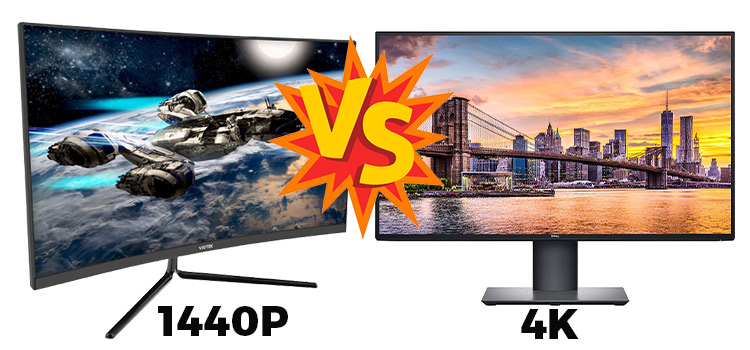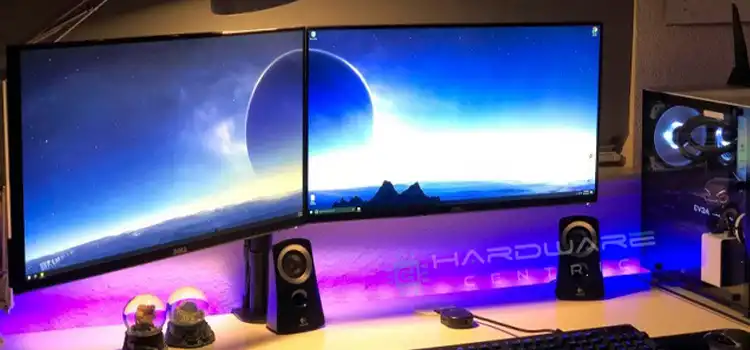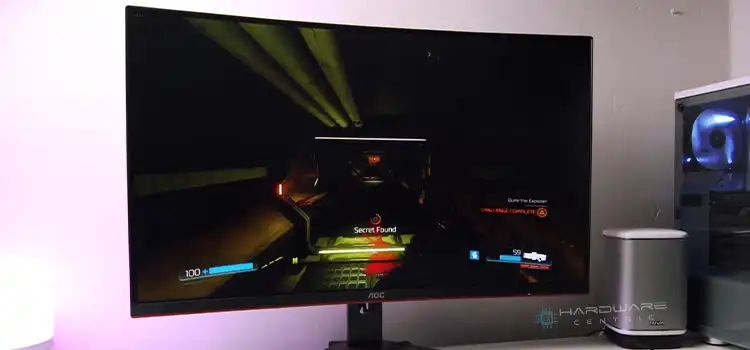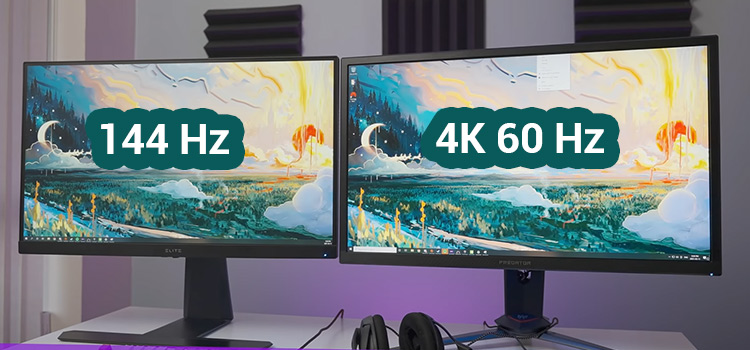5:4 vs 4:3 Aspect Ratio | Comparison Between Them
The aspect ratio is important when choosing a computer monitor or television set. The aspect ratio determines the ratio between the width and height of a screen. Fractions of 5:4 and 4:3 are common. Portions of an image or video show the ratio of width to height. An aspect ratio of 5:4 means four units of height for every five widths, and a side ratio of 4:3 means three units for every four widths.

What is The Difference Between 5:4 and 4:3
The aspect ratio is one of the most important aspects to consider when compressing images and videos. The aspect ratio of an image or video refers to the proportional relationship between its width and height, which greatly affects its visual quality and appearance. In image and video compression, aspect ratios of 5:4 and 4:3 are commonly used. Here, we’ll explore the differences between these two aspect ratios and help you decide which is right for your content.
5:4 Aspect Ratio
Wider aspect ratios replaced the standard 5:4 aspect ratio of computer monitors. The width and height of the image in this aspect ratio are five units and four units, respectively. This aspect ratio was popular with users who preferred a more traditional look, but it is now less common on modern displays.
Advantages of 5:4:
(1) It allows you to create images or lumber compositions with either a taller or narrower image.
(2) Provides a unique aspect ratio that can help to stand out from images taken at more common aspect ratios.
Disadvantages of 5:4:
(1) Not as widely used as 4:3, so it may not be compatible with certain displays or print sizes.
(2) may not be suitable for landscapes and other horizontal compositions.
4:3 Aspect Ratio
The 4:3 aspect ratio is commonly used in traditional televisions and older computer monitors. This aspect ratio provides a square image, making it ideal for video content originally produced at this aspect ratio. That is, four units-wide and three units high Wide aspect ratios are becoming more common in modern displays despite the previously popular 4:3 aspect ratio.
Advantages of 4:3:
(1) Media and display devices widely use this aspect ratio, making it easy to find optimal display and print sizes.
(2) Suitable for landscapes, portraits, and other types of compositions.
Disadvantages of 4:3:
(1) In some compositions, this ratio can be too short or too wide, particularly when compared to a more modern ratio like 16:9.
(2) It may not provide as unique a look as other aspect ratios.
Here Is a Table Comparing 5:4 Aspect Ratios With 4:3 Aspect Ratios
| Aspect Ratio | Shape | Display Size | Suitability for Non-Widescreen Content | Suitability for Widescreen Content |
| 5:4 | Square | Older CRT Monitors | Better suited | Not well suited |
| 4:3 | Rectangular | Older Televisions and some Digital Cameras | Not well suited | Better suited |
Important Note: Documents, spreadsheets, and other non-extensive content can benefit from the 5:4 ratio. As a result, the square display makes it possible to view this type of content without distortion.
Displaying widescreen content, such as movies, video games, or photos, may require a 4:3 aspect ratio. A rectangular display provides a better viewing experience for widescreen content due to its rectangular shape.
Ultimately, the best aspect ratio depends on the needs and preferences of each individual. When choosing a display, it’s important to consider the types of content you’ll be viewing or creating, as well as its size and resolution.
Frequently Asked Questions And Answers
What Does a 4:3 Aspect Ratio Look Like?
A 4:3 aspect ratio has a width of four units and a height of three units. Its height is greater than its width as a result of this. Consider a piece of paper that measures 4 inches by 3 inches. Tall and narrow are the characteristics of 4:3 aspect ratios.
Which Aspect Ratio is Best for Image and Video Compression?
Editing images and videos when choosing aspect ratio largely depends on the type of content and its goals. It’s important to consider the advantages and disadvantages of each material when choosing the right amount of hardware for your specific needs.
What is The 5:4 Aspect Ratio Used for?
It is primarily used in computer monitors and was once a standard aspect ratio for desktop displays. Modern display technology is becoming less common because it is more efficient when it comes to text-based images.
Conclusion
Deciding between 5:4 or 4:3 ultimately comes down to personal preference and the content you want to watch. If you like traditional outdoor portraits, the 4:3 aspect ratio might be a good choice for you. However, if you’re looking for a wider, more immersive viewing experience, 16:9 is probably your best choice. You should keep in mind that aspect ratio is only one factor to consider when choosing a display. There are other factors to consider, including resolution, refresh rate, and display size.
Subscribe to our newsletter
& plug into
the world of PC Hardwares
![[5 Solutions] 240Hz Monitor Only Showing 120Hz](https://www.hardwarecentric.com/wp-content/uploads/2023/07/240hz-monitor-only-showing-120hz.webp)





